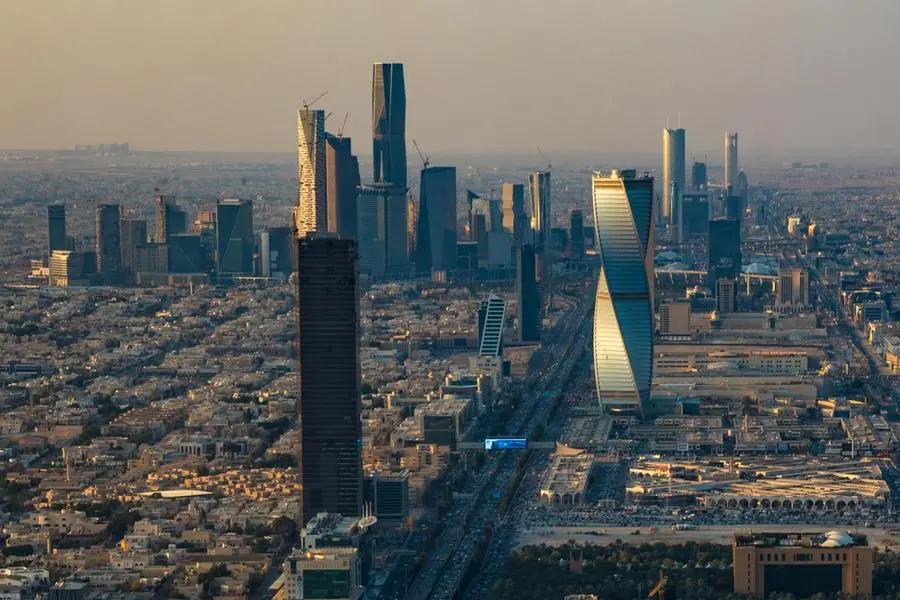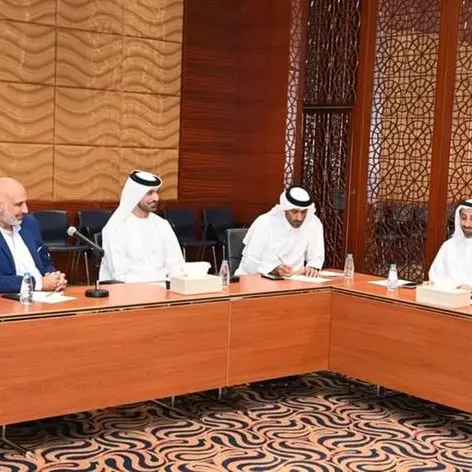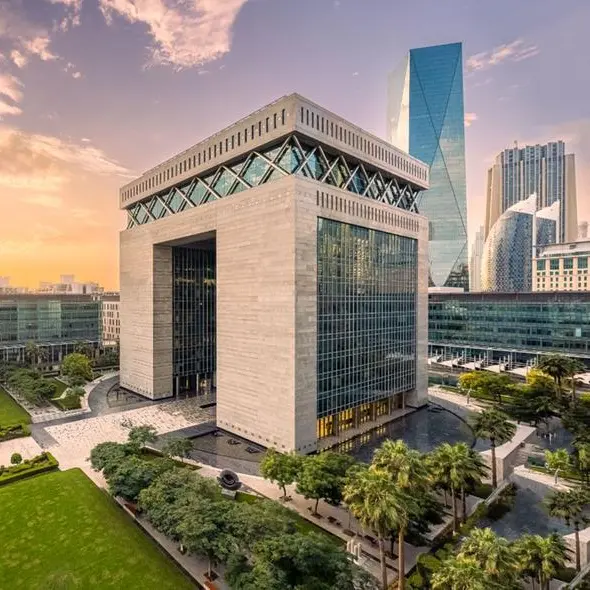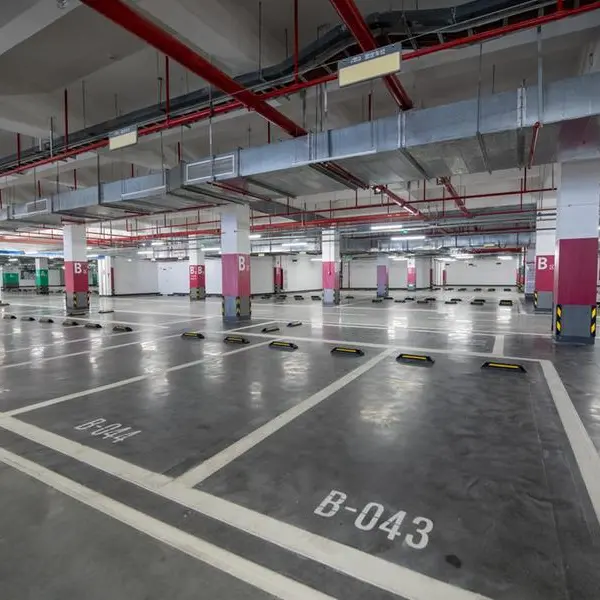PHOTO
While Saudi Arabia’s non-oil economy expanded at the start of the third quarter, output grew at a slower pace and staffing levels increased only marginally, the latest survey of purchasing managers showed Tuesday.
The headline seasonally adjusted IHS Markit Saudi Arabia Purchasing Managers’ Index (PMI) fell for the first time in four months to 55.8 in July from 56.4 in June.
The dip was driven by weaker growth in output, new orders and employment compared to the previous month. “Nevertheless, the reading pointed to a strong improvement in operating conditions that extended the current run of growth to 11 months,” the report said.
Job creation slowed in the non-oil sector as firms continued to signal an excess of business capacity despite rising sales. Backlogs were reduced solidly, suggesting a wide gap between demand and full capacity in spite of a sharp increase in new orders in recent months
Employment prospects were also harmed by a drop in future output expectations to the joint-weakest for more than a year.
"Whilst the Saudi Arabia PMI continued to signal strong growth in the non-oil economy in July, our survey data related to business capacity highlighted that challenging economic conditions prevailed. Firstly, employment growth slowed to only a marginal pace, suggesting that many companies still have little need for new hires in spite of a sharp rebound in new orders. Secondly, backlogs of work fell at the second-quickest pace for a year, adding further evidence that businesses have yet to reach pre-pandemic levels of capacity utilization,” said David Owen, economist at IHS Markit.
Output in the non-oil sector, while expanding in July, slowed for the second month running. Nearly 27 percent of surveyed businesses reported an increase in activity, linked to strengthening client demand and a loosening of pandemic-related measures.
The survey showed that the speed of new order growth was also marked in July, albeit slipping from June's five-month high. Rising demand from domestic and overseas clients supported the upturn, which some firms linked to competitive pricing strategies.
Surveyed companies were also less optimistic that activity would rise over the following year. Only 10 percent of firms provided a positive forecast, while around 87 percent forecast no-change. This brought overall business expectations to the joint-lowest since June 2020.
"Sustained rises in demand should help the economy move closer to full capacity over the second half of the year. However, a drop in business expectations to its joint-weakest since June 2020 illustrated growing doubts that this will be a smooth ride,” said Owen.
(Reporting by Brinda Darasha; editing by Seban Scaria)
This article is provided for informational purposes only. The content does not provide tax, legal or investment advice or opinion regarding the suitability, value or profitability of any particular security, portfolio or investment strategy. Read our full disclaimer policy here.
© ZAWYA 2021























